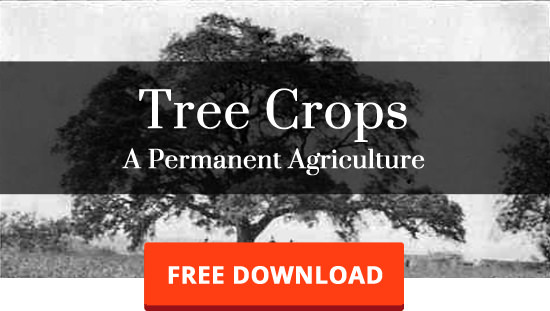I love the idea of participatory food. In fact, participatory food may be the way we achieve better and more abundant food in the future.
What is participatory food? It’s when an entire community participates in the growing, preparing, and eating of food.
Participatory food isn’t new.
We enjoy many the benefits of participatory food at home when we cook, eat, and clean up meals as a family (intentional communities that share meals are an attempt to replicate this experience across a larger “tribal” group).
However, the big question remains.
How does participatory food work in a larger community?
I’ve identified three ways this may work. All three are based more on the production (growing and raising) of food than on the consumption of it.
However, all three include celebrations of preparing and eating great food. Celebrations that turn eating into the social experience it has been since time immemorial.
Ad Hoc Food
This is an open approach to participatory food formulated by the Incredible Edible in Todmorden (the UK). This approach doesn’t have a leadership cadre or a formal plan. It doesn’t focus on the negative.
 It merely encourages community groups to innovate on ways to increase food production. So far, this ad hoc approach has led to food gardens popping up all over town. From a garden outside of the police department to raised beds for each class at the local school.
It merely encourages community groups to innovate on ways to increase food production. So far, this ad hoc approach has led to food gardens popping up all over town. From a garden outside of the police department to raised beds for each class at the local school.
People were encouraged to participate in the care of the gardens, on and off public land. There was even a campaign to increase local egg production that taught people how to raise chickens and helped them sell the excess.
Gardens were even put near bus stops so that commuters could harvest fresh vegetables for dinner on their way home, or do some weeding while waiting for the bus in the morning. Since so much food is being produced, even some of the private gardens put up signs encouraging neighbors to help themselves.
To tie it all together, Todmorden has an annual harvest festival that celebrates the preparation of foods grown in local gardens and the skills of local chefs/cooks.
Required Production
This approach is still in its early phases since it requires new development to be fully realized. However, bits of it are being pursued in many communities already.
In this approach, every apartment and stand alone home has a garden allotment. By community charter, in the very same way community dues are assessed for golf course maintenance in retirement “communities,” every owner is required to grow food on the allotment. They can either do it themselves or contract with the community to do it.
Instead of a golf course, the community would feature a community kitchen (with professional grade equipment) and services to help people prepare, can, preserve, or slaughter (per health code) their food. The community kitchen would also serve as the kitchen for a community restaurant featuring locally grown foods prepared to the highest quality.
Finally, the community center square would feature a permanent facility, able to support regular farmers/artisans markets. The place where food could be routinely sold, showcased and celebrated.
Integrated Food
The final approach is one that is popping up all over. It integrates professional food production into the community.
So far, the majority of this integration has been done through CSA (community supported agriculture) programs. These farms make weekly deliveries to their members (and in some cases owners), invite members to participate in the harvesting process, and often hold feasts to celebrate a successful year.
Increasingly, we are seeing these farms move closer to the communities they serve.
In built up areas and as a way to provide year round production, this is likely to take the form of aquaponics CSAs (see the effort by Portland Purple Water as an example). Another form is foodscaping lawns into farms. In this situation, a professional gardener that helps you plant and maintain your food garden on what was formerly your yard. They help you select the vegetables you want to grow, help you maintain them properly to get maximum yield, and give you ideas on how to best to prepare the food you grow.
As you can see, there isn’t a lack of innovation out there. It’s really only a question of finding a model that works for your community and moving forward with it.
Your coach in all things resilient,
JOHN ROBB
PS: Remember, don’t just focus on personal production and self-sufficiency. That approach is fragile to disruption.


